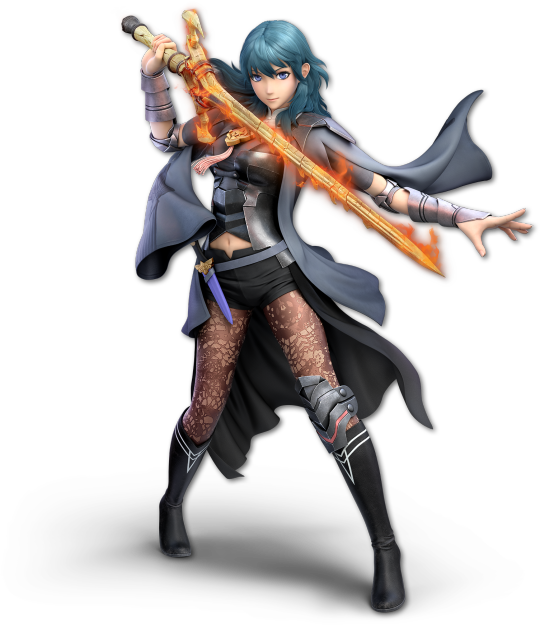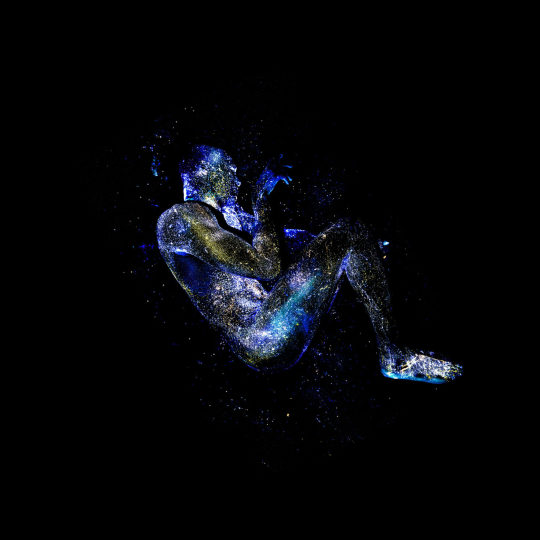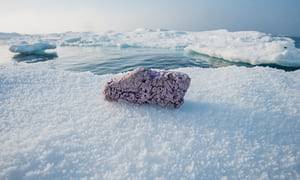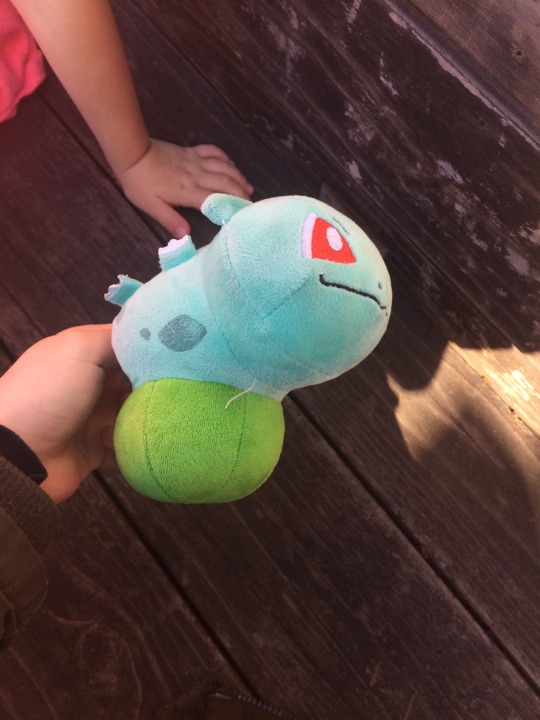Text








HQ renders for all of Byleth different color palettes!
4K notes
·
View notes
Link
Mikael Chukwuma Owunna, a queer Nigerian-Swedish artist raised in Pittsburgh, has spent the past two and a half years photographing Black men and women for a series titled Infinite Essence. Hand-painted using fluorescent paints and photographed in complete darkness, Owunna’s subjects are illuminated by a flash outfitted with a UV filter, which turns their nude bodies into glowing celestial figures.
Owunna tells Colossal that the series was his response to the frequent images and videos of Black people being killed by those sworn to protect them: the police. The photographer’s friends, family members, dancers, and one person he connected with on Instagram serve as models for the project, which is named after an idea from his Igbo heritage. “All of our individual spirits are just one ray of the infinite essence of the sun,” Owunna explains. “By transcending the visible spectrum, I work to illuminate a world beyond our visible structures of racism, sexism, homophobia and transphobia where the black body is free.”

53K notes
·
View notes
Photo

🔥👁️ Eye of Sauron Neurilemmoma 👁️🔥
“Schwann cell to rule them all…"
i♡histo
This image shows a Verocay body in a neurilemmoma aka a schwannoma. A schwannoma is a tumor (usually benign) of the Schwann cells - the glial cells that myelinate the axons of neurons that run within peripheral nerves.
The tumor can form a small bump within a nerve and can grow slowly making it difficult to remove.
Histologically, schwannomas often have a distinct (Antoni A) appearance where the Schwann cells form palisades (organized rows of cells seen here as the ‘iris’ of the eye) separated by bundles of pink collagen (where the pupil is). This patterning forms a structure that pathologists call a Verocay body.
Original image by @Patholwalker (pupil added by @DrAlcarez). Via Twitter.
73 notes
·
View notes
Video
Buen partido. Bien jugado. Gran actuación….
465 notes
·
View notes
Video
88K notes
·
View notes
Photo

Listos para la nueva temporada de @microteatromex #porchingar? A partir del #26oct se estrena @lasexionmicro todos los Jue, Vie, Sab y Dom en #horariogolfa No te lo puedes perder! Con los mega talentosos @joss.hernanez @josebahernandez15 @tamninoderivera @gavofigueiraart y Ainhoa García Forcada! #paraperrosquehacenmiau #paragatosquehacenguau #microteatro #politicamenteincorreto #vamosalteatro
#politicamenteincorreto#paraperrosquehacenmiau#horariogolfa#paragatosquehacenguau#vamosalteatro#microteatro#porchingar#26oct
0 notes
Photo

Afinando los últimos detalles... Ya casi comienza la nueva temporada de @microteatromex #porchingar #26oct Próximamente los horarios y fechas de @lasexionmicro #paraperrosquehacenmiau #paragatosquehacenguau #microteatro
0 notes
Photo
This is so scary...

If you care about the the oceans and all the life therein or if you are more self-centered, maybe just like seafood, pay attention!
How did that get there? Plastic chunks on Arctic ice show how far pollution has spread
A British-led expedition has discovered sizeable chunks of polystyrene lying on remote frozen ice floes in the middle of the Arctic Ocean.
The depressing find, only 1,000 miles from the north pole, is the first made in an area that was previously inaccessible to scientists because of sea ice. It is one of the most northerly sightings of such detritus in the world’s oceans, which are increasingly polluted by plastics.
Estimates suggest that there are more than 5 trillion pieces of plastic floating on the surface of the world’s oceans. It has been claimed that there is now enough plastic to form a permanent layer in the fossil record. Dr Ceri Lewis, scientific adviser to the expedition based at the University of Exeter, has previously warned that people produce around 300 million tons of plastic a year, roughly the same weight as all the humans on the planet. Around half of all plastic produced is used once and then thrown away.
A significant concern is that large plastic pieces can break down into “microplastics” – tiny particles that are accidentally consumed by filter-feeding animals. The particles remain in animals’ bodies and are passed up the food chain, threatening wildlife at all levels from zooplankton to apex predators such as polar bears. In an attempt to gauge the presence of microplastics in Arctic waters, the scientists intend to test samples of seawater they collected in nets with holes smaller than a millimetre across.
Plastic pollution on an ice floe in the middle of the Arctic Ocean. Photograph: Conor McDonnell
756 notes
·
View notes
Photo

Siembre en ti la naturaleza de ayudar a otro humano sin esperar nada a cambio. Comenzando por ti. #25sep #ayuda #cuida #sevoluntario #escucha #respira #cardiopulmonar
0 notes
Video
instagram
#powerup #godinez
0 notes
Photo

#laughing #sunlight #ohhappyday (en Club Burgos Bugambilias)
0 notes
Photo








Friday the 13th | 1980 | Dir. Sean Cunningham
1K notes
·
View notes
Photo







“Life’s Lil Pleasures” was created by illustrator and designer Evan Lorenzen. Lorenzen has spent the last year building a library of “micro books” with diverse themes, including one that details major events in Earth’s history, a tiny book of big words, and a field guide to cereal.
35K notes
·
View notes



